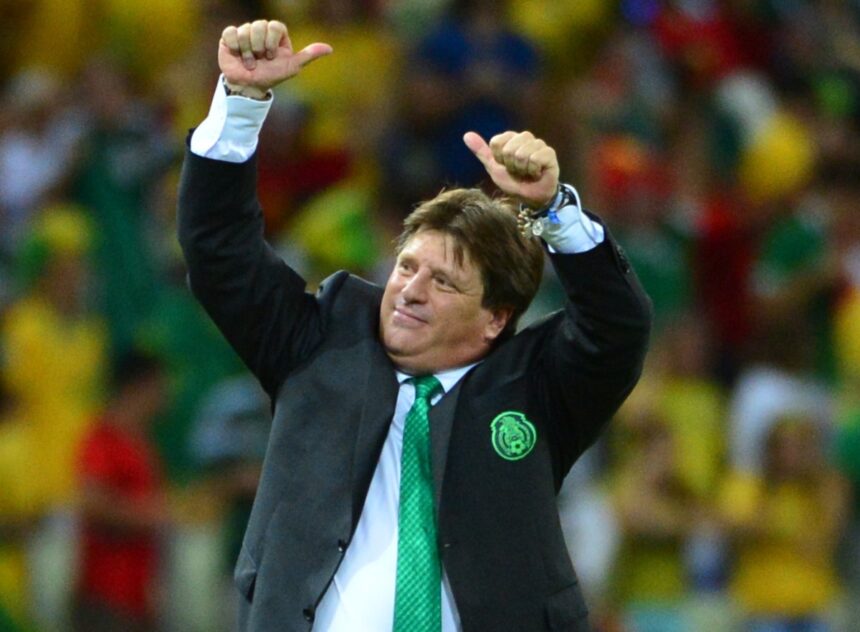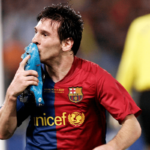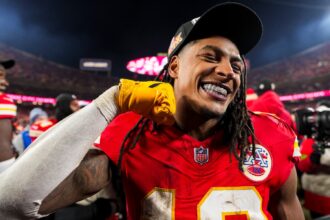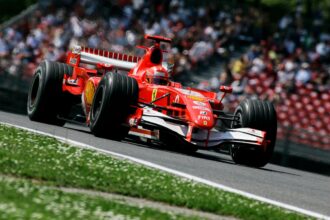“The Tricolor is more than a team, it is a reflection of our identity. These words, spoken by Andres Guardado at a press conference, sum up the emotional weight that the Mexican National Team has for millions of Hispanics in the United States.
From the days of Miguel Herrera to the era of Gerardo Martino, the evolution of El Tri has not only changed the game on the field, but also its connection with the fans.
From euphoria to coldness
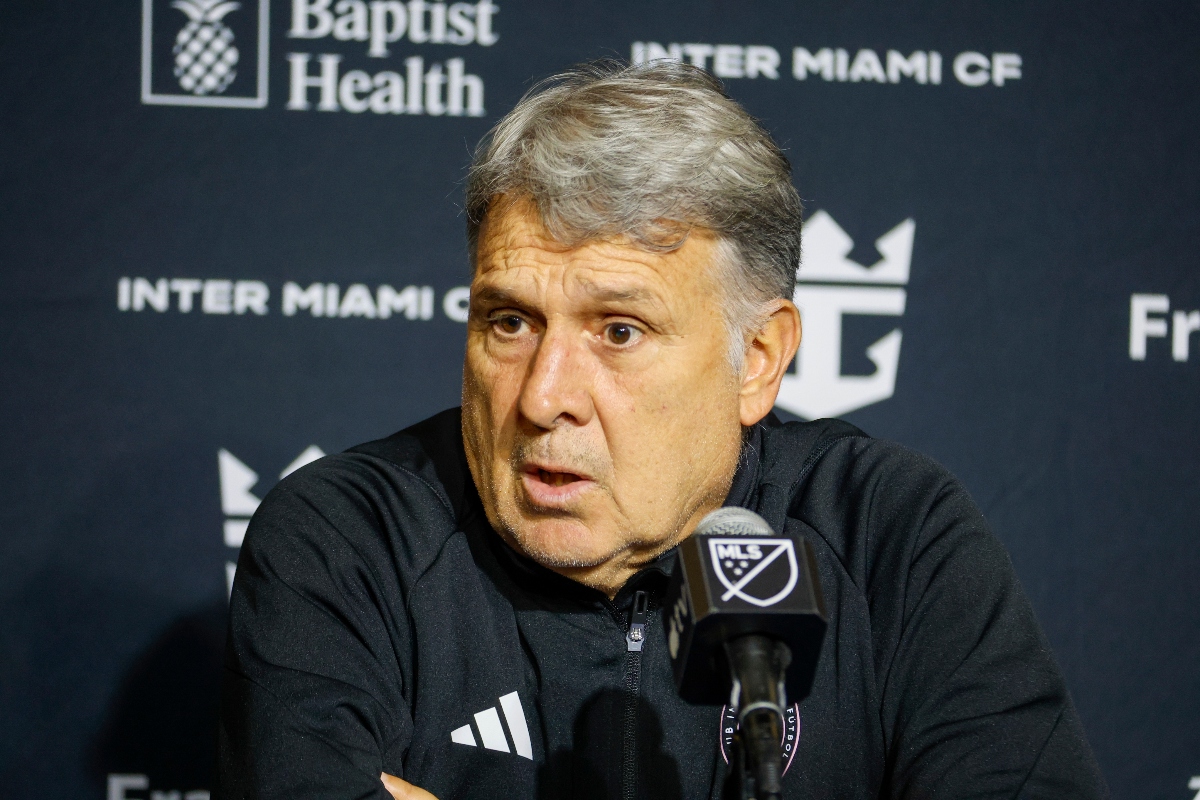
Miguel Herrera marked an era with his overflowing passion. His era left us with indelible memories, such as Giovani dos Santos’ historic goal against the Netherlands in the 2014 World Cup.
However, Herrera’s explosive temperament eventually cost him the job and then came Osorio and his rotations, followed by Martino, who implemented a more structured and less emotional style.
While Martino led the team to a Gold Cup final in 2021, his era was also marked by painful defeats to the U.S. and a qualification for the 2022 World Cup in Qatar that generated more doubts than confidence.
Key factor for El Tri
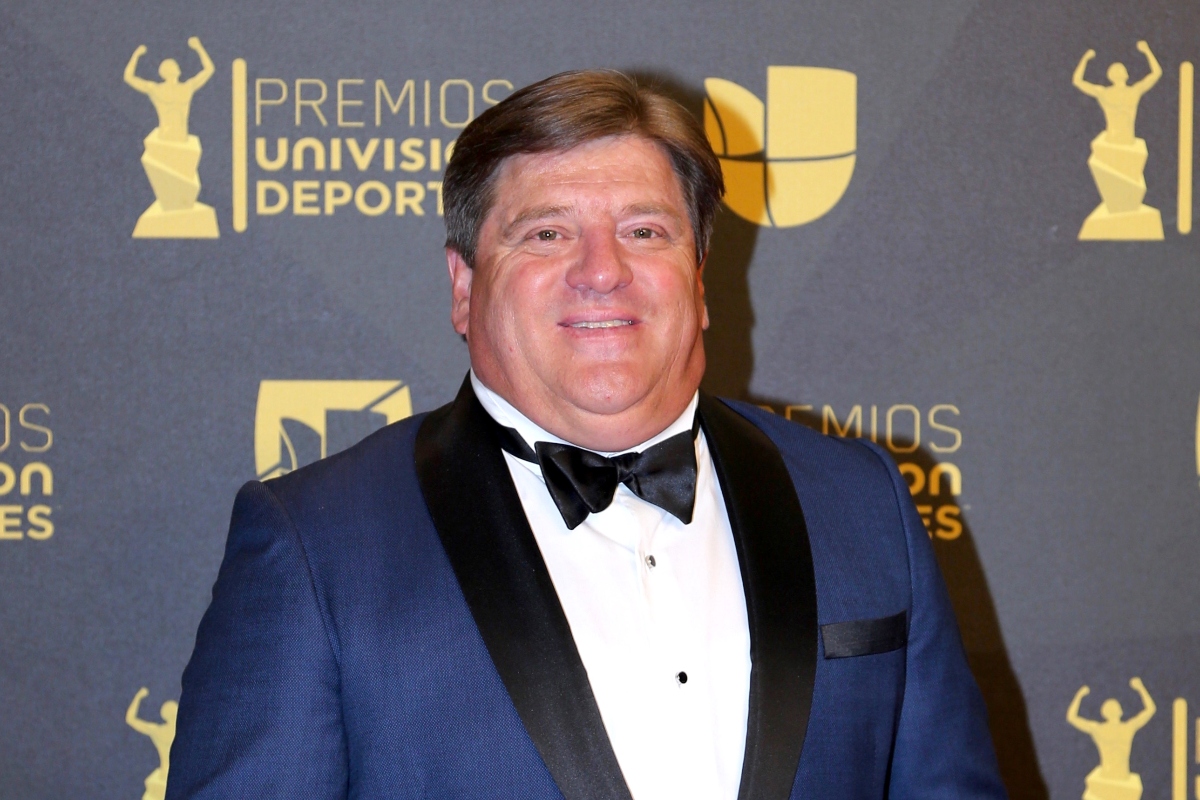
More than 36 million Mexicans live in the United States, according to the Pew Research Center.
Miguel Herrera marked an era with his overflowing passion
QueOnnda.com
These fans are the heart and soul of the national team outside of their home country. Games in cities like Los Angeles, Houston and Chicago feel like home games, filled with green jerseys and the iconic “Cielito Lindo” echoing in the stands.
The Mexican Soccer Federation knows this and has made the U.S. a strategic base for friendlies and tournaments.
New faces, same expectations
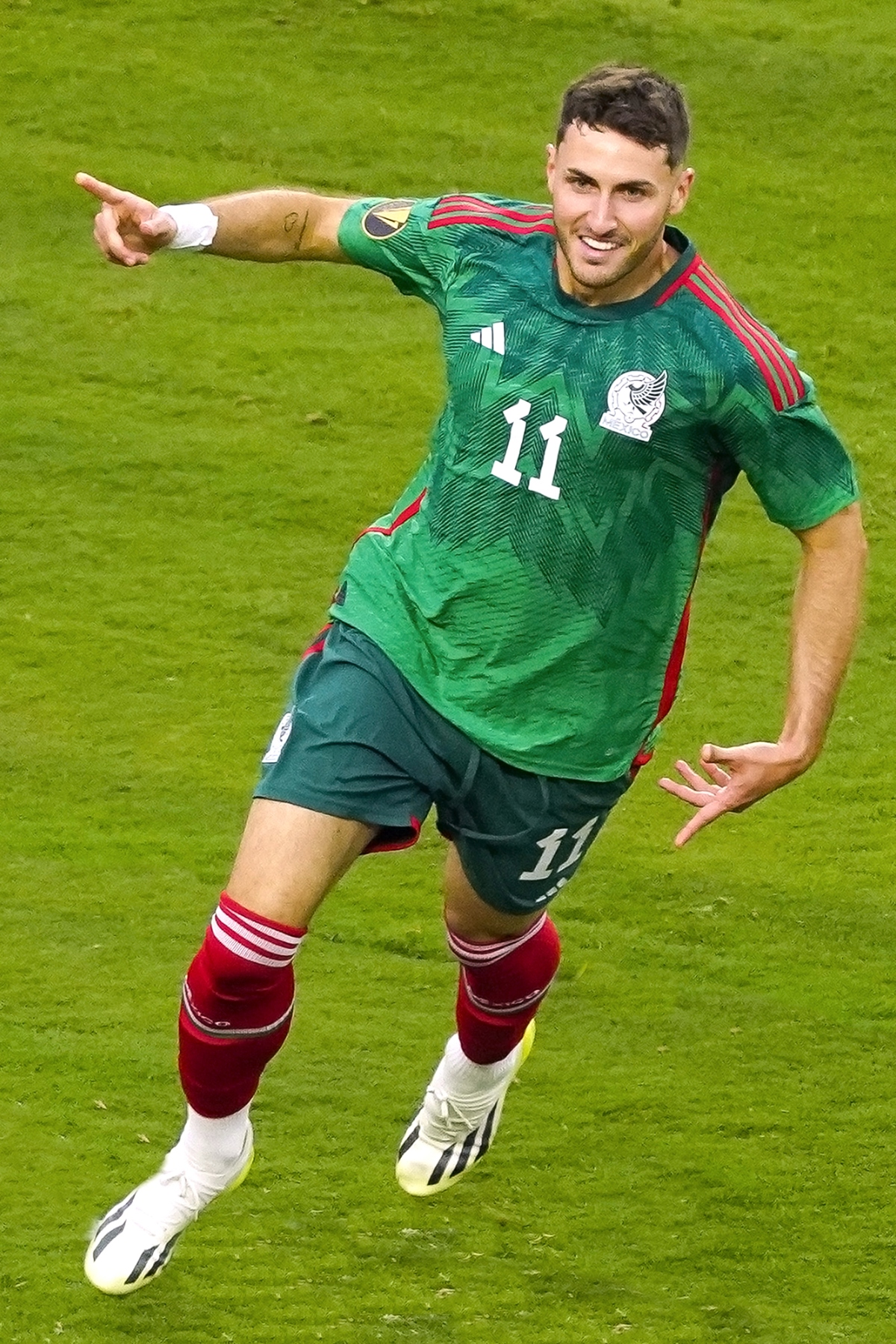
With Martino’s departure, the challenge for the new coach is clear: to regain the confidence of the fans and renew a generation that looks worn out.
Players such as Santiago Giménez and Edson Álvarez represent the hope of a competitive Tricolor heading into the 2026 World Cup, which will be played on North American soil, further increasing expectations among the Hispanic community.
For more information, visit QueOnnda.com.



